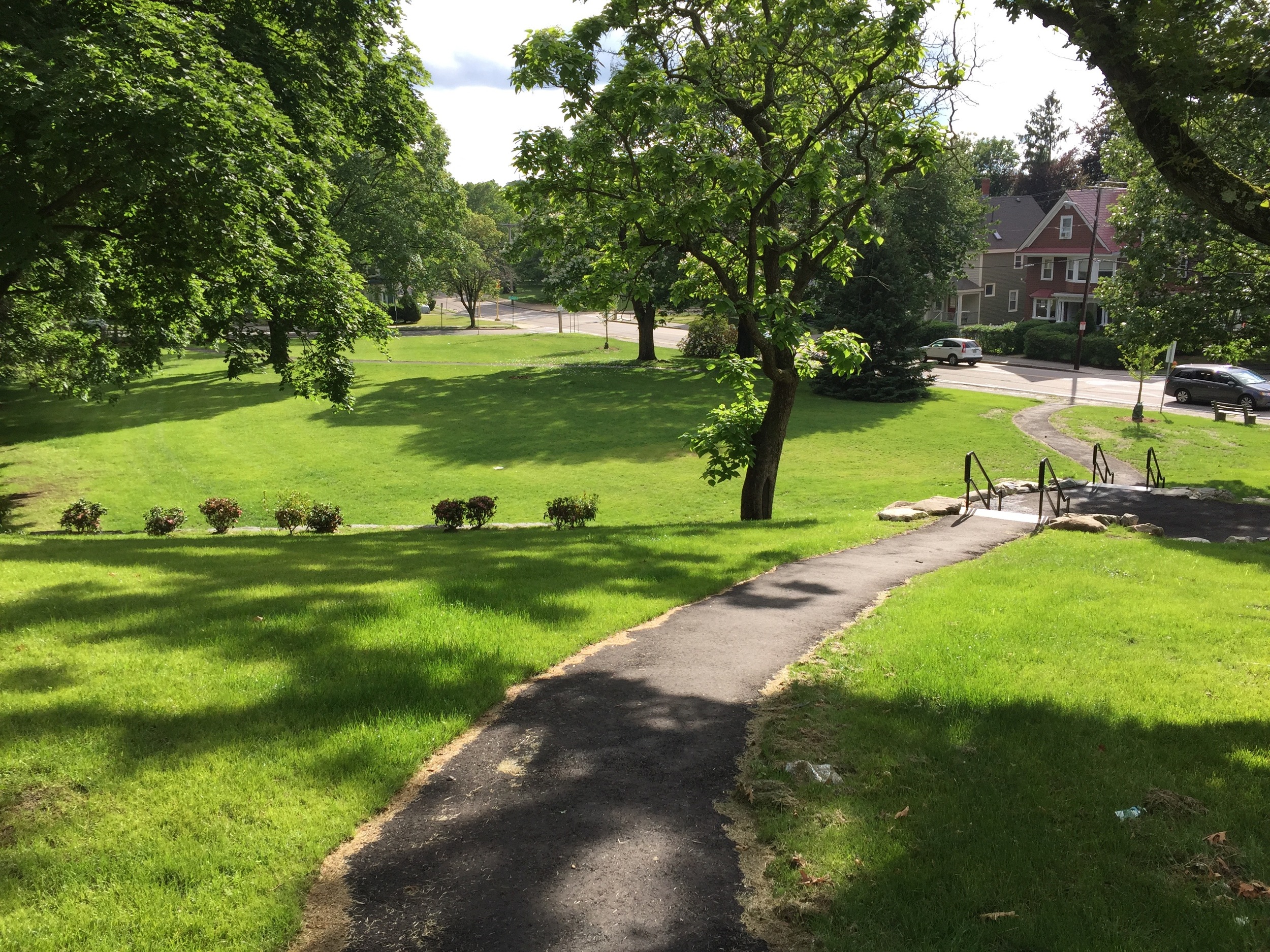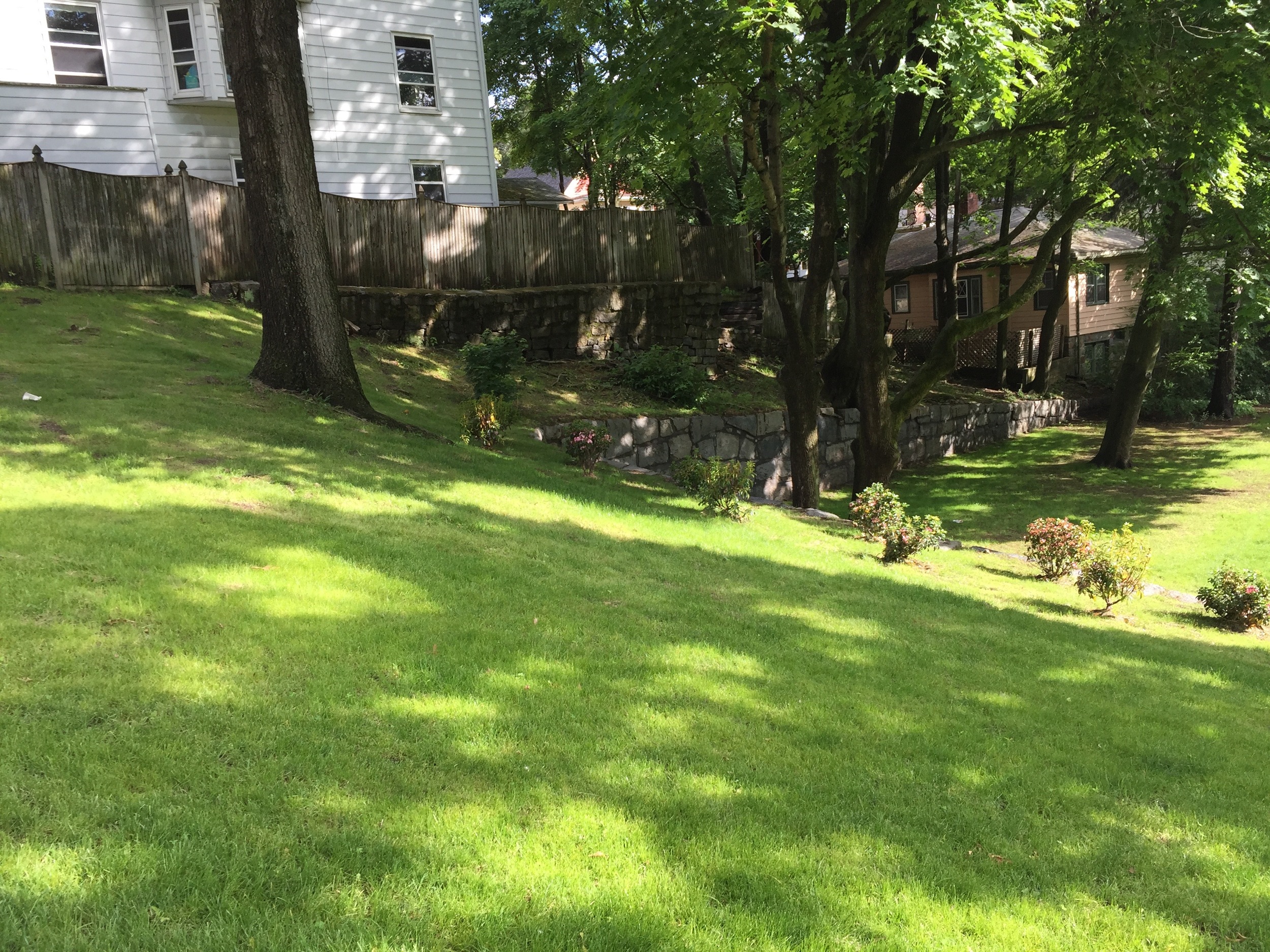Welcome
Wollaston Hill Neighborhood Association is a group of neighbors who share in the interest to promote and improve their neighborhood.
Composting turns everyday waste into a valuable soil amendment, making it a simple yet impactful step toward sustainability. This guide covers why it matters, its benefits, home options, and the city's partnership with Black Earth Compost—plus how to get started.
Living in Quincy, we treasure our unique mix of coastal beauty and green spaces. But invasive plant species threaten this harmony, outcompeting native plants, disrupting wildlife, and even affecting our yards.
Recycling is one of the easiest ways we can keep our community clean, save money, and protect the planet. That said, figuring out what goes in the recycling bin and what doesn’t can feel like a puzzle sometimes. We've put together this handy guide based on the city's website to make it easy!
Fats, oils and grease, poured in your sinks, toilets, dishwashers, and garbage disposals clog your pipes, and will cause sewer back-ups into your home. Some helpful hints to avoid costly repairs to your home and the sewer system.
The City of Quincy has engaged with FEMA to update the city’s flood map, a revision that may affect many properties by either adding them to or removing them from flood zones. These changes reflect evolving flood patterns and the city’s mitigation efforts.
Walter Hubley and Kathryn Hubley join Joe Catalano on Currently in Quincy to talk about what’s coming up with the Wollaston Hill Neighborhood Association.
The City of Quincy is in the process of developing an “Urban Renewal Plan (URP)” for the Wollaston Neighborhood, referred to as the “Wollaston Urban Revitalization District (WURD)” Plan.

In 2013, the Wollaston Hill Neighborhood Association (WHNA) submitted an application for Community Preservation Act (CPA) funding to preserve a neighborhood park known as Safford Park.
















